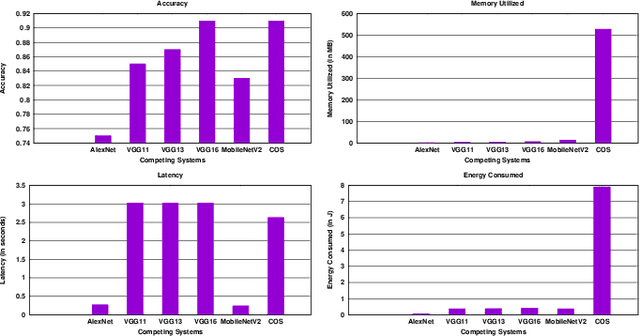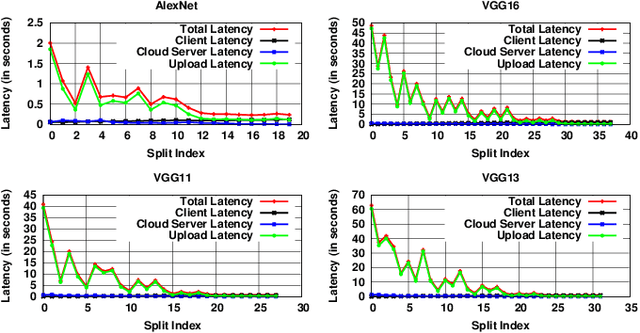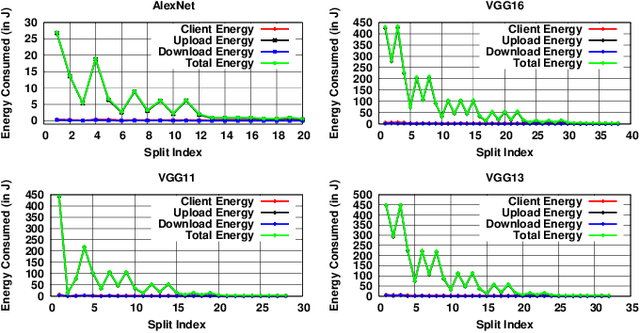Aniruddh Bansal
ChartAB: A Benchmark for Chart Grounding & Dense Alignment
Oct 30, 2025Abstract:Charts play an important role in visualization, reasoning, data analysis, and the exchange of ideas among humans. However, existing vision-language models (VLMs) still lack accurate perception of details and struggle to extract fine-grained structures from charts. Such limitations in chart grounding also hinder their ability to compare multiple charts and reason over them. In this paper, we introduce a novel "ChartAlign Benchmark (ChartAB)" to provide a comprehensive evaluation of VLMs in chart grounding tasks, i.e., extracting tabular data, localizing visualization elements, and recognizing various attributes from charts of diverse types and complexities. We design a JSON template to facilitate the calculation of evaluation metrics specifically tailored for each grounding task. By incorporating a novel two-stage inference workflow, the benchmark can further evaluate VLMs' capability to align and compare elements/attributes across two charts. Our analysis of evaluations on several recent VLMs reveals new insights into their perception biases, weaknesses, robustness, and hallucinations in chart understanding. These findings highlight the fine-grained discrepancies among VLMs in chart understanding tasks and point to specific skills that need to be strengthened in current models.
SmartSplit: Latency-Energy-Memory Optimisation for CNN Splitting on Smartphone Environment
Nov 01, 2021



Abstract:Artificial Intelligence has now taken centre stage in the smartphone industry owing to the need of bringing all processing close to the user and addressing privacy concerns. Convolution Neural Networks (CNNs), which are used by several AI applications, are highly resource and computation intensive. Although new generation smartphones come with AI-enabled chips, minimal memory and energy utilisation is essential as many applications are run concurrently on a smartphone. In light of this, optimising the workload on the smartphone by offloading a part of the processing to a cloud server is an important direction of research. In this paper, we analyse the feasibility of splitting CNNs between smartphones and cloud server by formulating a multi-objective optimisation problem that optimises the end-to-end latency, memory utilisation, and energy consumption. We design SmartSplit, a Genetic Algorithm with decision analysis based approach to solve the optimisation problem. Our experiments run with multiple CNN models show that splitting a CNN between a smartphone and a cloud server is feasible. The proposed approach, SmartSplit fares better when compared to other state-of-the-art approaches.
 Add to Chrome
Add to Chrome Add to Firefox
Add to Firefox Add to Edge
Add to Edge